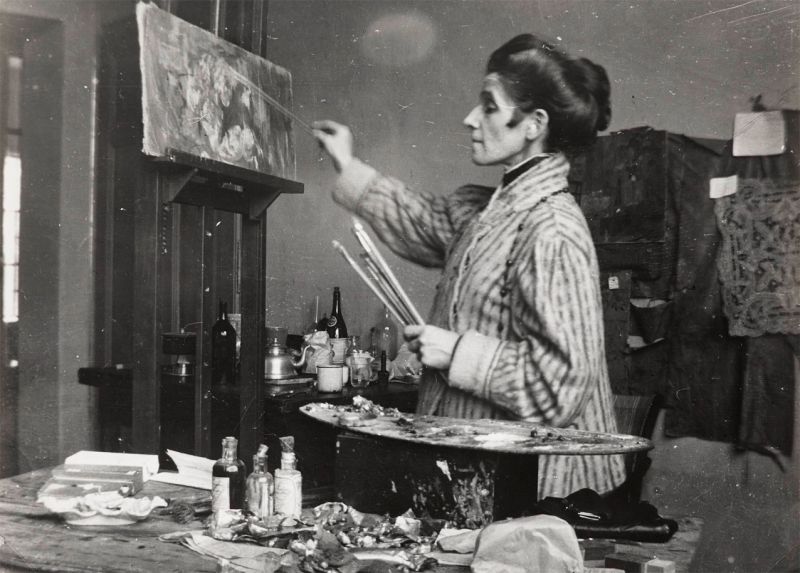Olga Boznańska. Kraków – Munich – Paris
Mediathek Sorted
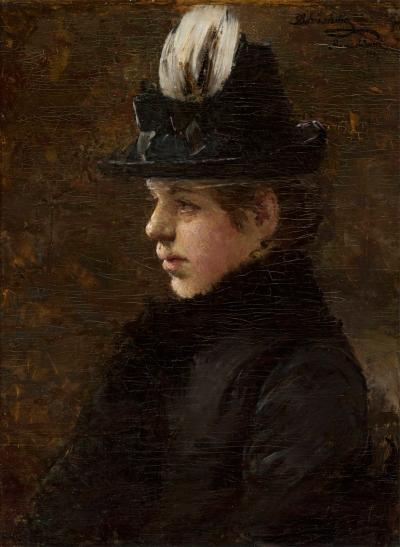
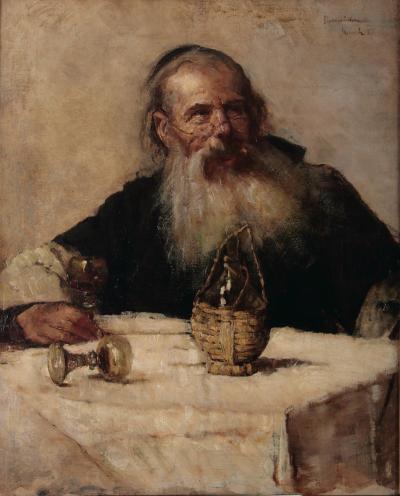
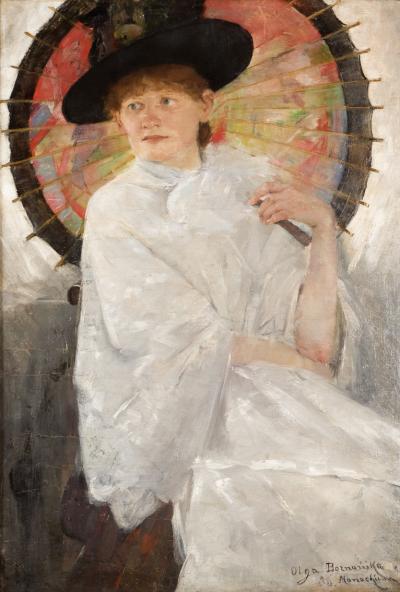
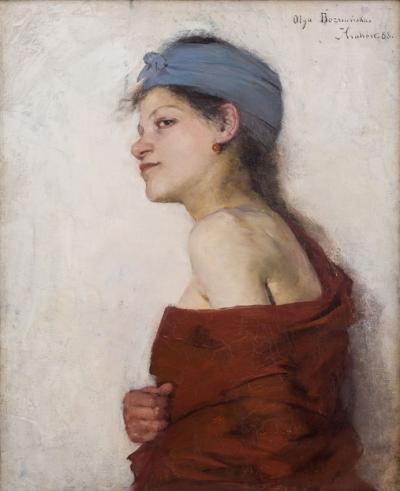
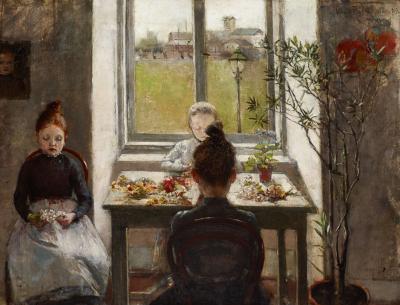
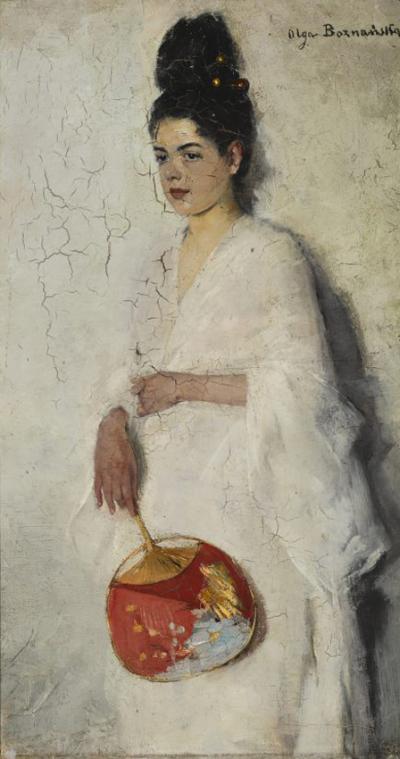

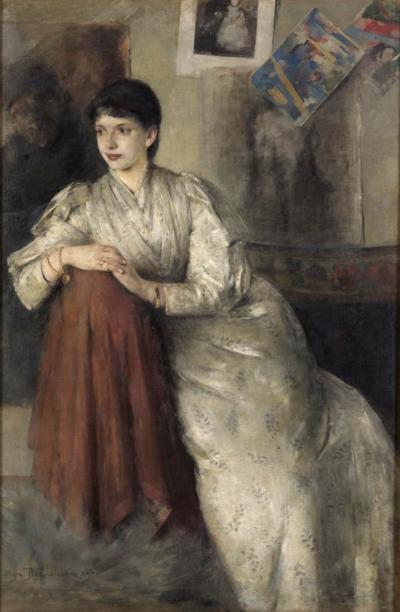
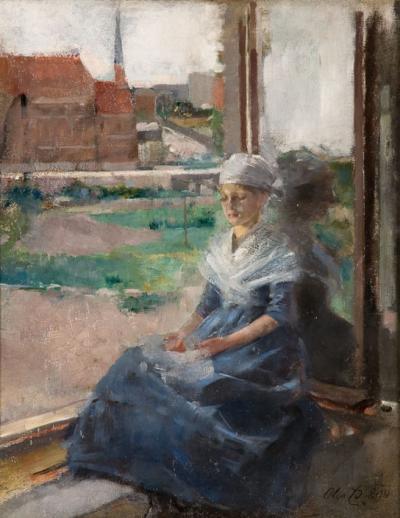
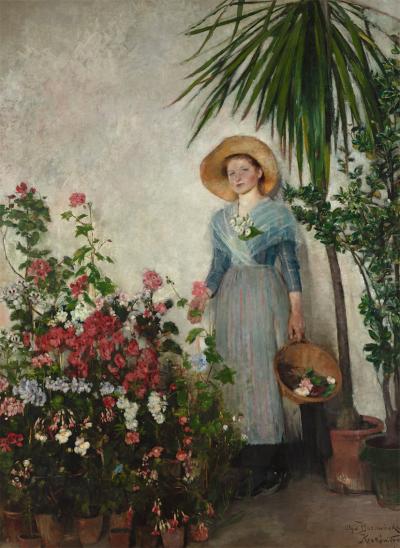
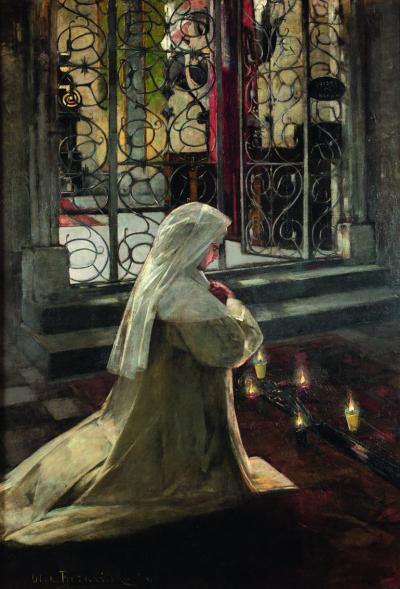
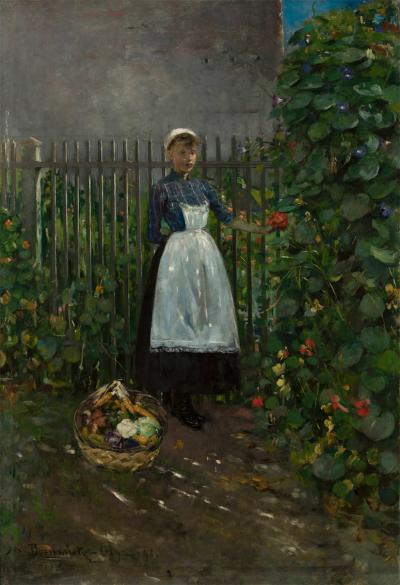
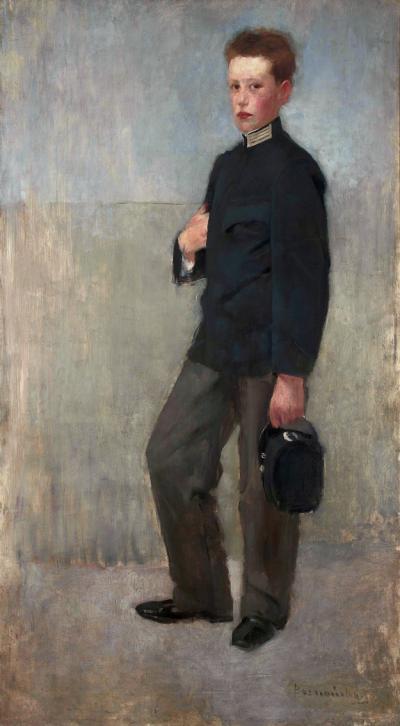
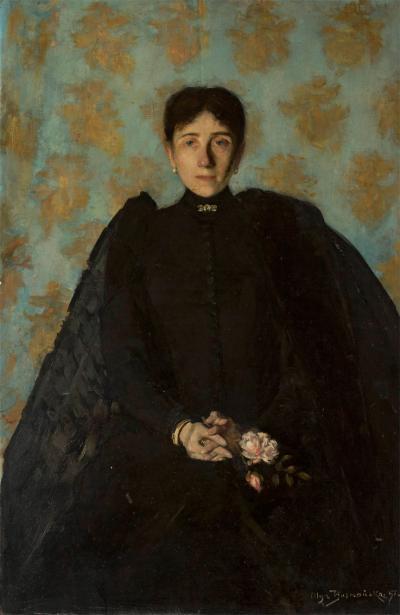
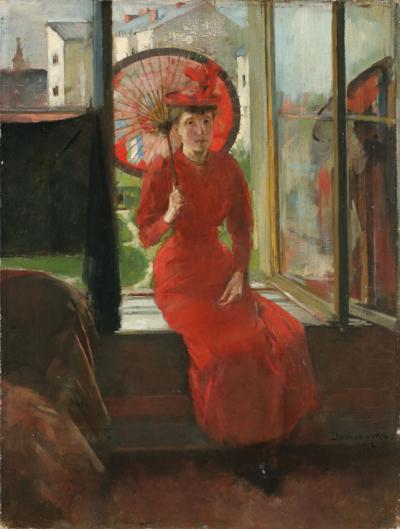
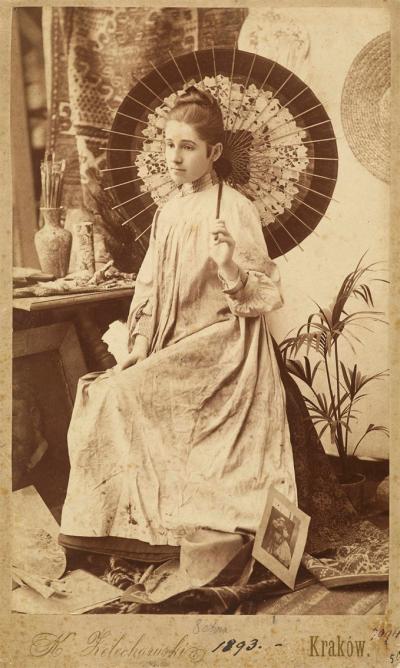
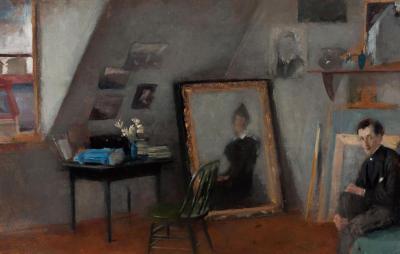
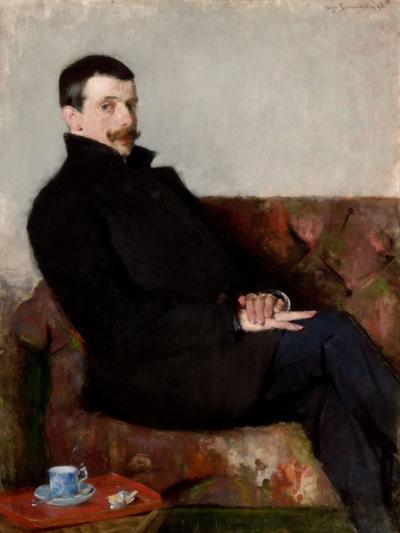
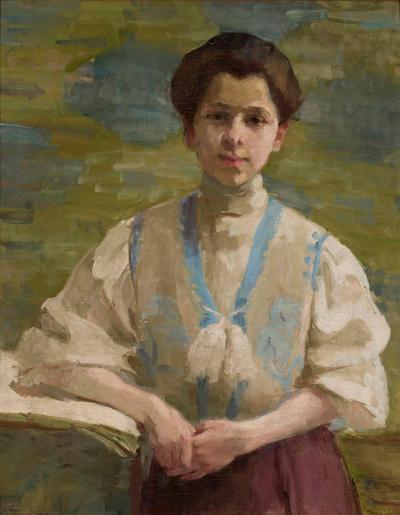
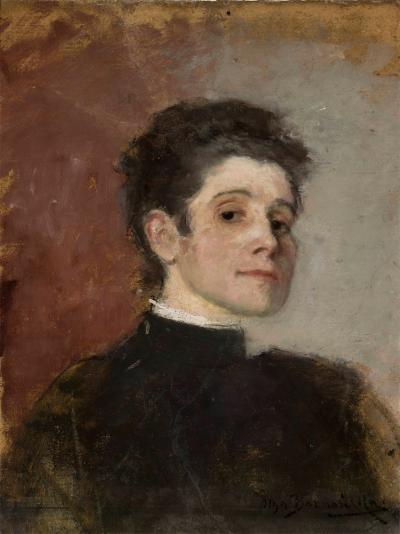
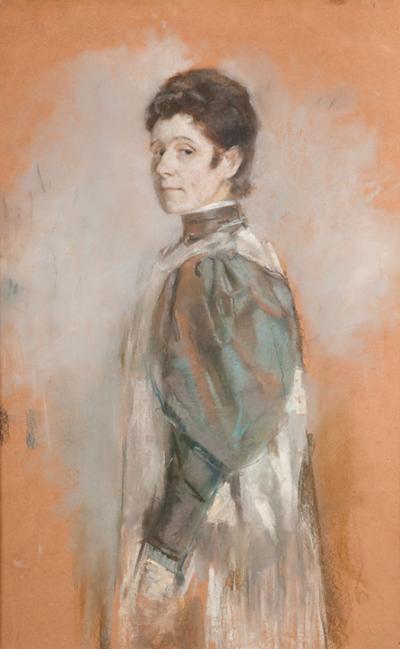
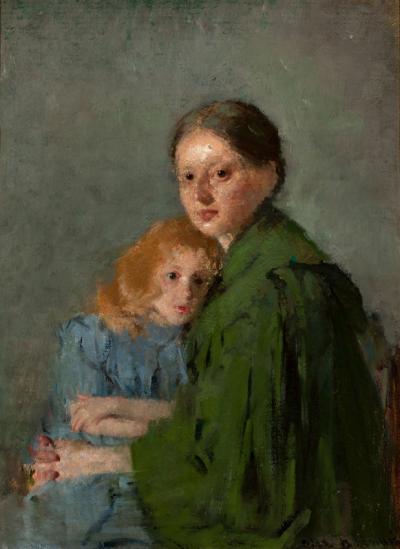
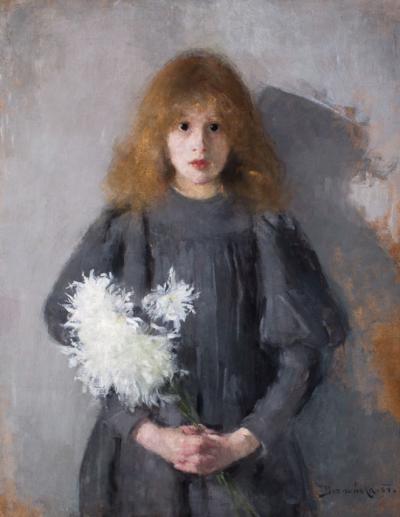
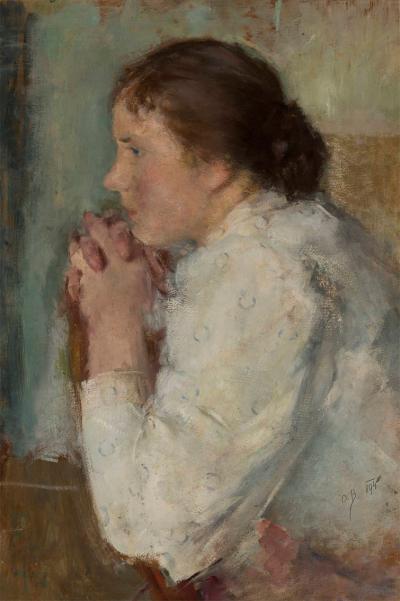
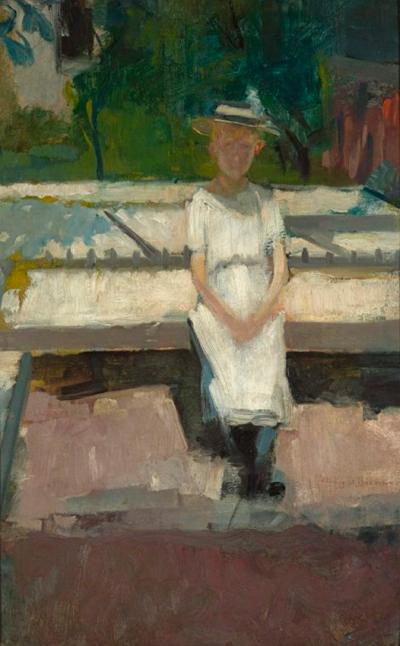
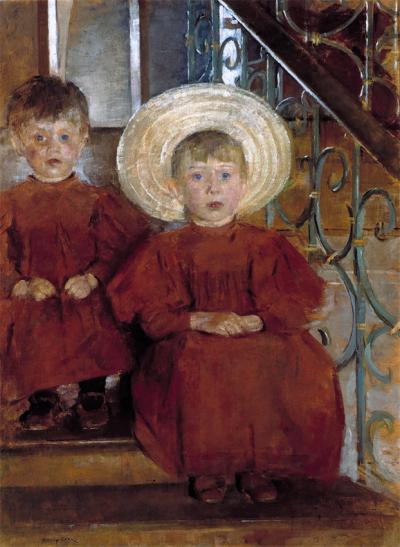

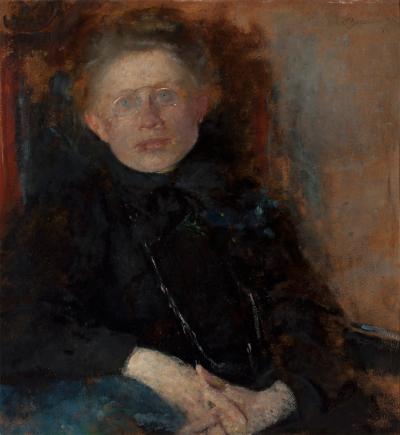
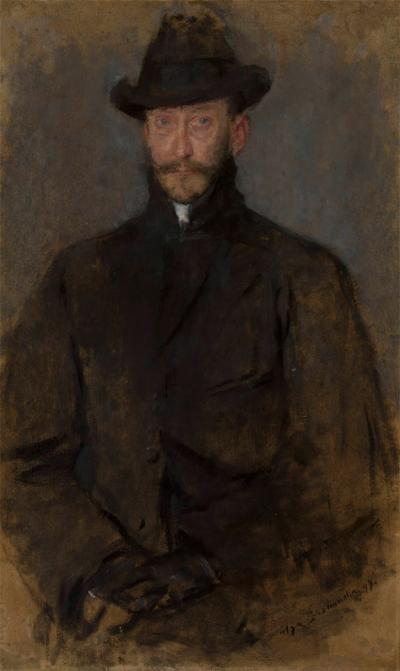
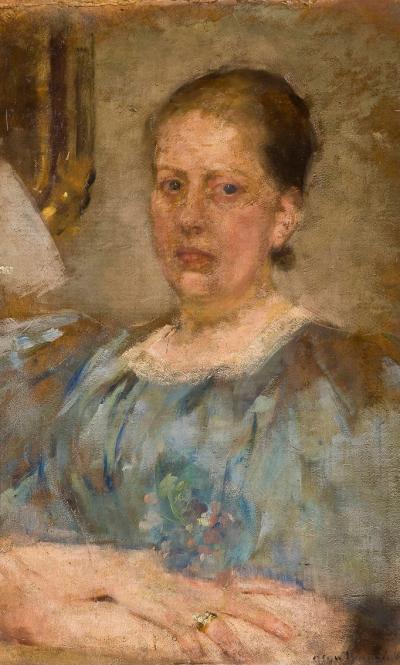
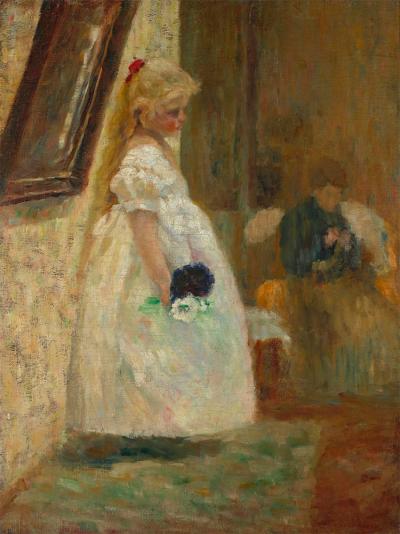

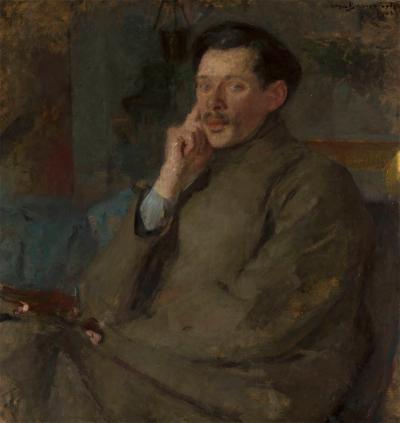
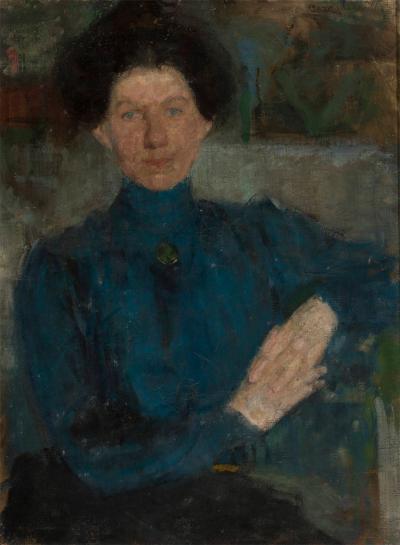
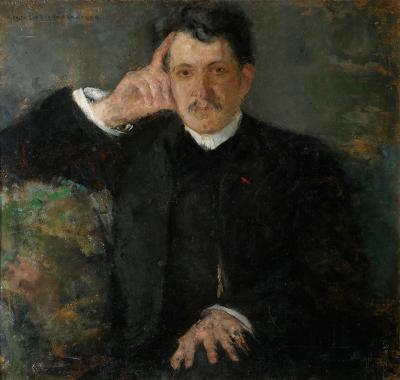
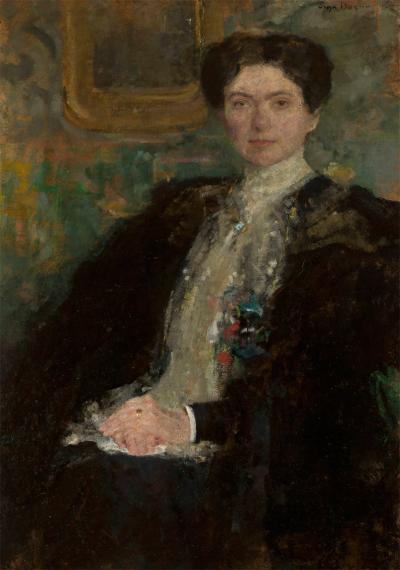
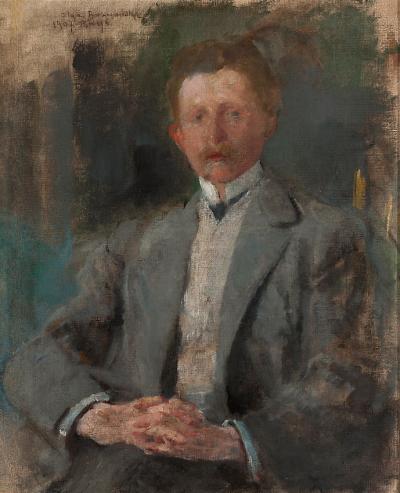
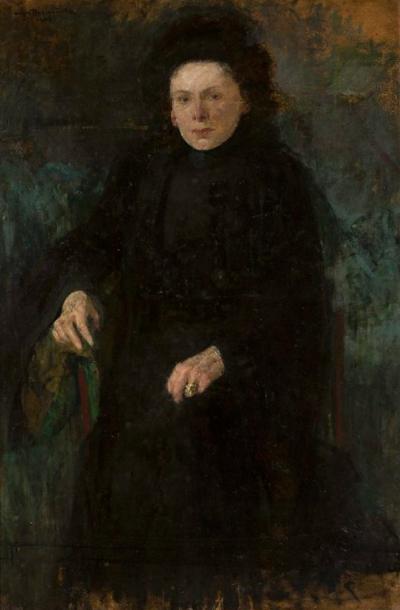
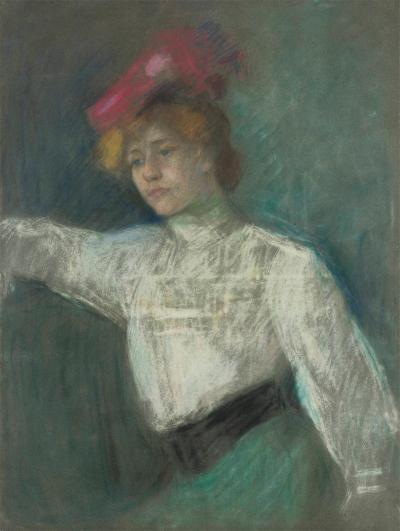
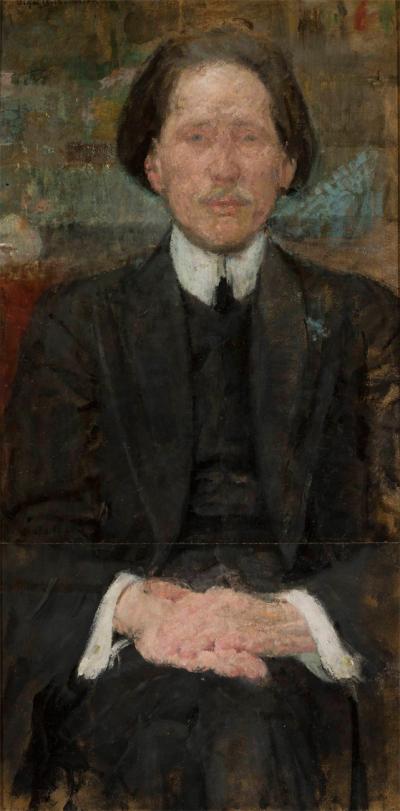


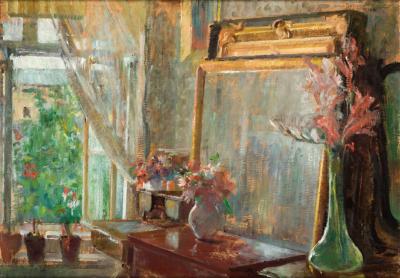
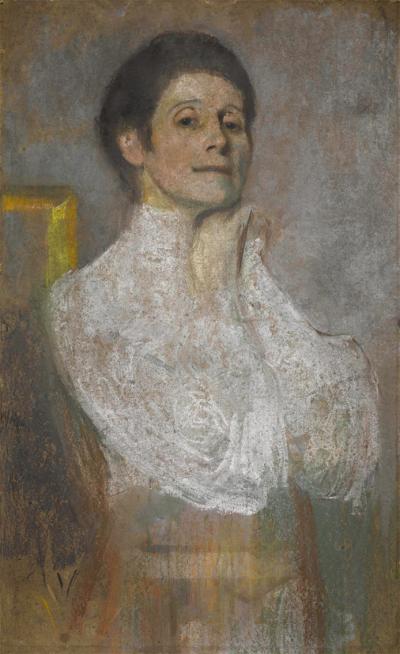
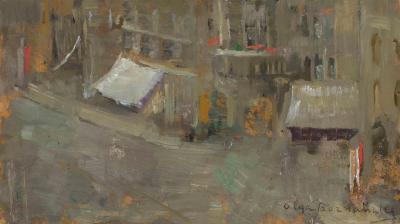
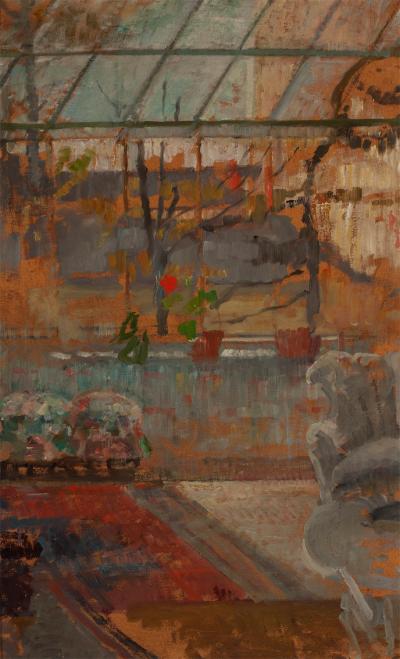
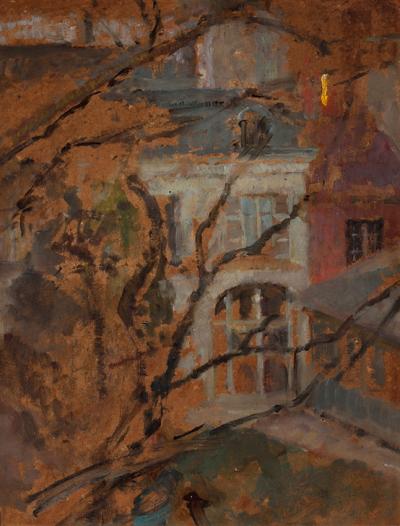
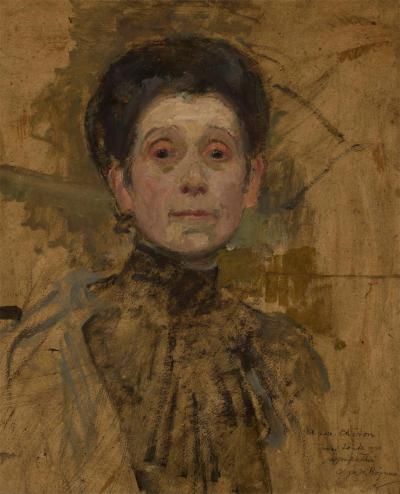
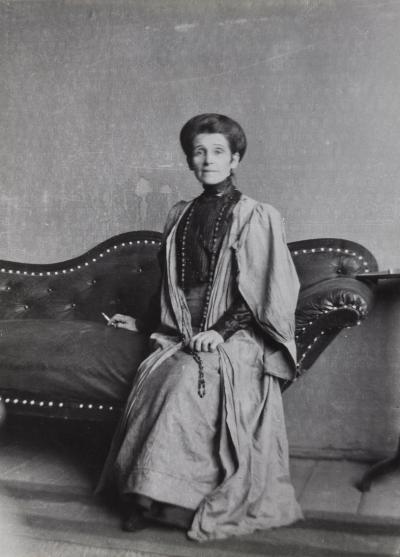
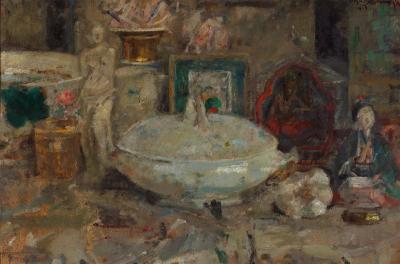
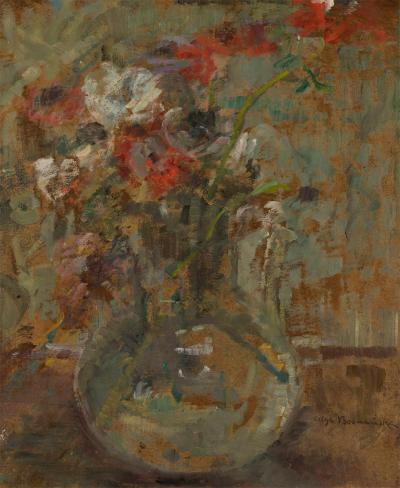
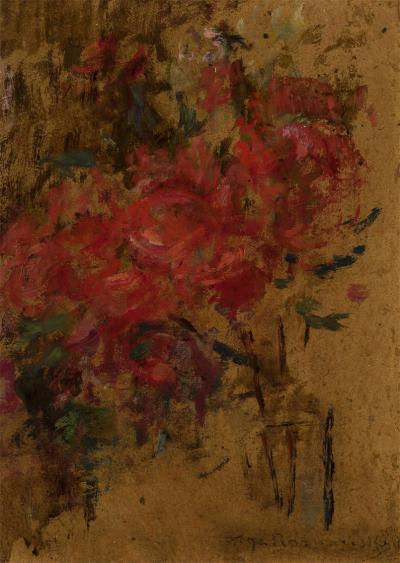
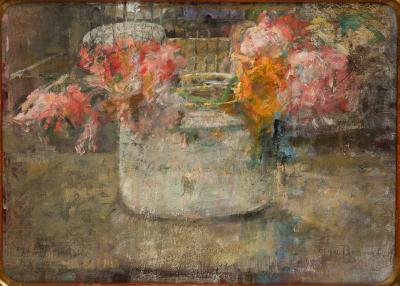

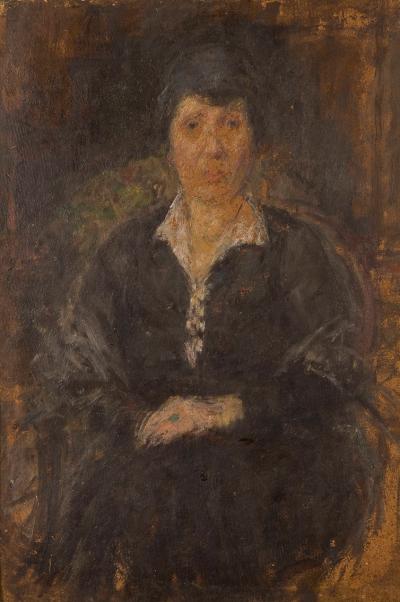
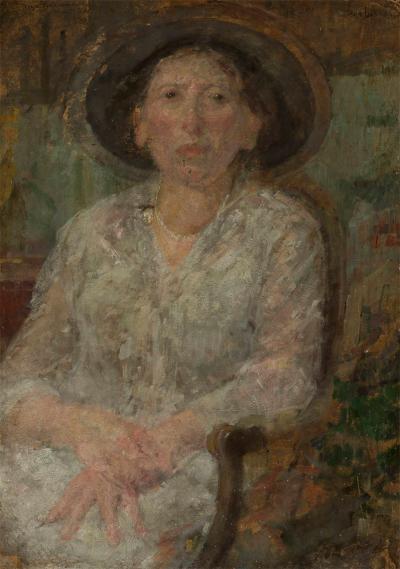
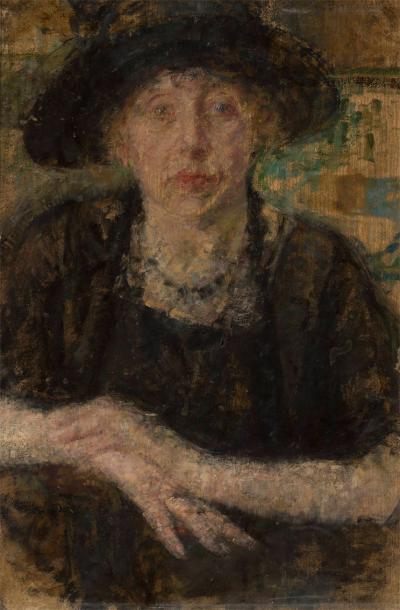
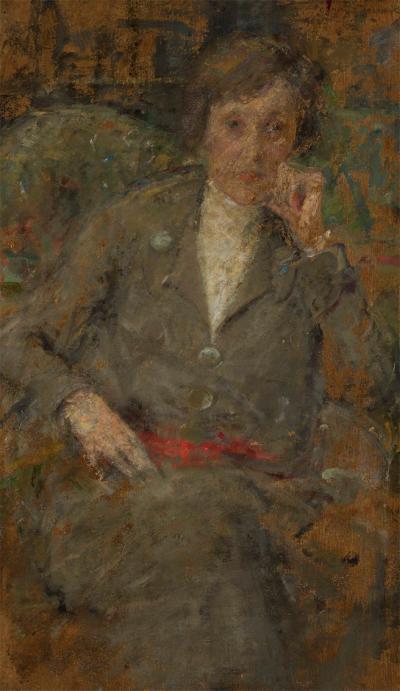
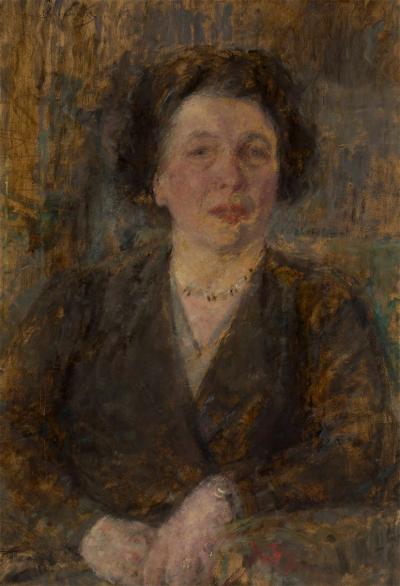
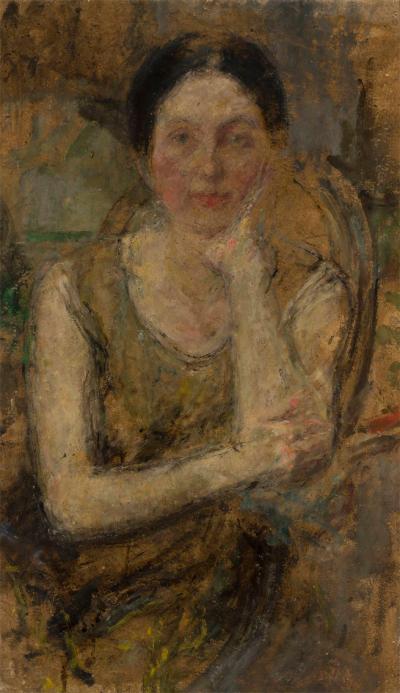


The outbreak of the First World War radically changed her life. The French art market collapsed and income from renting her parents’ house in Kraków failed to reach Paris. There were scarcely any more exhibitions during the war years. In 1915 she took part in shows of Polish art in Vienna and Paris: and in 1918 in an exhibition of Polish painters and sculptors staged in Paris in the palace of Count Felix-Nicolas Potocki (1845-1921), for the benefit of Polish veterans who had been wounded in the war. She spent the winter of 1920/21 once more in Kraków. Friends like Ludwik Puget tried to talk her into remaining in Poland. But nonetheless she handed over the administration of her parents’ house to the accountant and art collector, Edward Chmielarczyk, before returning to Paris to take up her work once more. In solitary hours she created still-lifes with tins, bowls, vases and Japanese figures as well as portraits of flowers (Ill. 50-53). She continued to paint a huge number of personalities from the Paris world of art and international intellectual circles, like the American painter Jane Freeman (1871-1963), who sat as a model for Boznańska’s “Portrait of a Lady with a Threefold Pearl Necklace” (ca. 1922, Ill. 54). Until the end of the 1920s she also created a huge number of portraits of friends in Kraków and Paris, whose names were noted from time to time on the back of the paintings (Ill. 55, 56, 58, 60, 61); or of Polish artists and intellectuals like the doctor and psychologist Melania Lipińska who was living in Paris (Mélanie Lipinska, 1865-1933; ca. 1926, Ill. 57); and the writer and translator, Julia Euzebia ze Skrochowskich Rylska (1884-1969; ca.1930, Ill. 59), who studied in Paris and moved to Kraków in 1926. As usual Boznańska painted all these portraits in an impressionist, more or less pointillist, style.
Whilst Paris was celebrating the “wild 20s” Boznańska was by now generally regarded as isolated and eccentric, despite her many social and artistic contacts. The Cubist painter, Alicja Halicka (1889-1974, born in Kraków, educated in Munich and Paris, and painted by Boznańska around 1910 in her “Portrait of Three Sisters“ (National Museum Kraków/Muzeum Narodowe w Krakowie), was later to describe her as “once famous”, but now “unjustly” completely forgotten. “Most of her paintings were portraits that moved between Carrière and Pointillism. She lived on the Boulevard de Montparnasse in a large studio full of mice which were never driven away. ‘They are my friends’, she used to say. As stiff as a poker, hieratic, her face painted with a strange green make-up and her head covered with an out of date mantilla, whose fringes she used to brush off the dust from some of the paintings she wished to show.”[55] Others like the painter Józef Czapski (1896-1993) said that they had met Boznańska at the end of the 20s: “And I remember – I hold the Kapists, (that is to say my group), responsible for the fact that we scarcely took any notice of her. When we arrived in Paris, the conflict between the Abstracts and the Cubists had already begun – the complete Post-Impressionism – and she was still painting as if nothing had happened. Suddenly she disappeared. We failed to give her the necessary credit.”[56]
[55] Alice Halicka: Here. Souvenirs, Paris 1946, page 34
[56] Józef Czapski in a conversation about Olga Boznańska in the Polish Library in Paris on 3. May 1978, quoted from: Exhibition cat. Olga Boznańska, Kraków 2014, page 97





















































































